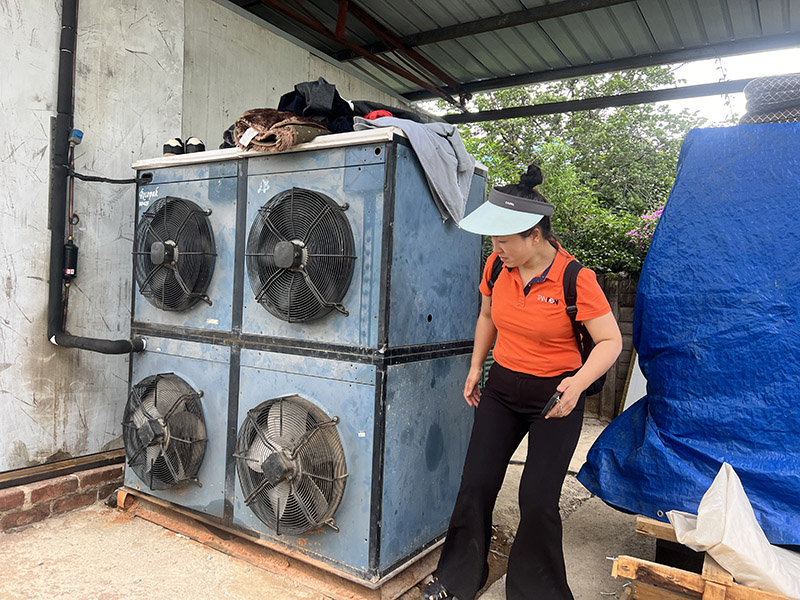Top 10 Solar Project Solution Factory In China

After the survey, it was found that the customer has three cold storage rooms. One of the cold storage rooms is currently powered by grid electricity, while the other two are still under construction and expected to be completed in July. The customer is considering using three independent solar systems to power each cold storage room separately. However, based on the on-site survey, there is not enough space available at the project site to install solar panels. Additionally, the customer has a limited investment budget.
In light of these factors, we recommend the use of a grid-tied system for the customer. As the project site has stable grid electricity, a grid-tied system is well-suited for this location. The electricity generated by the grid-tied system can be consumed on-site, achieving self-consumption. Moreover, a grid-tied system does not require the installation of batteries, resulting in cost savings for the customer.
During daylight hours when there is sunshine, the grid-tied system can directly generate electricity to power the cold storage rooms. During periods without sunlight, such as at night, grid electricity is relatively inexpensive and can be used to power the cold storage rooms. This approach reduces investment costs, saves on electricity bills, and optimizes the utilization of available space for solar panel installation. It is a highly suitable solution for the customer's needs.
On-site investigation of Zimbabwe school solar energy project
